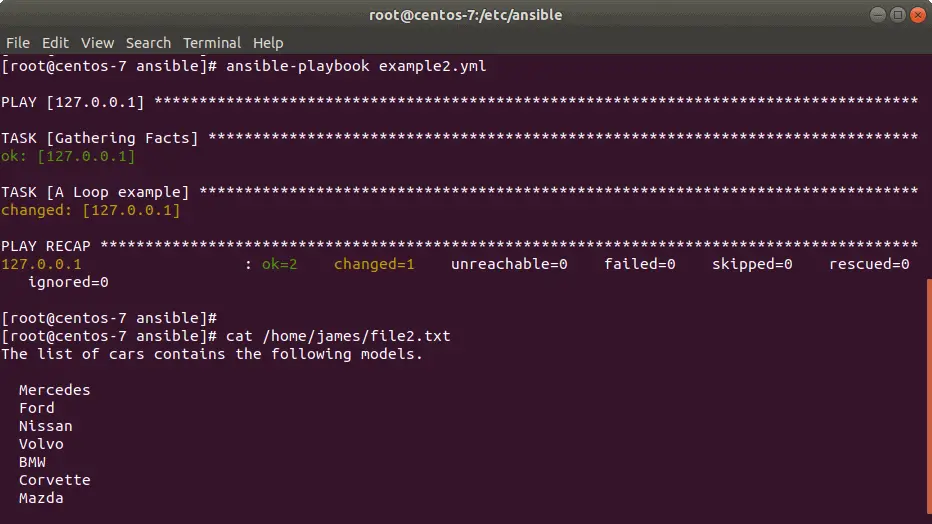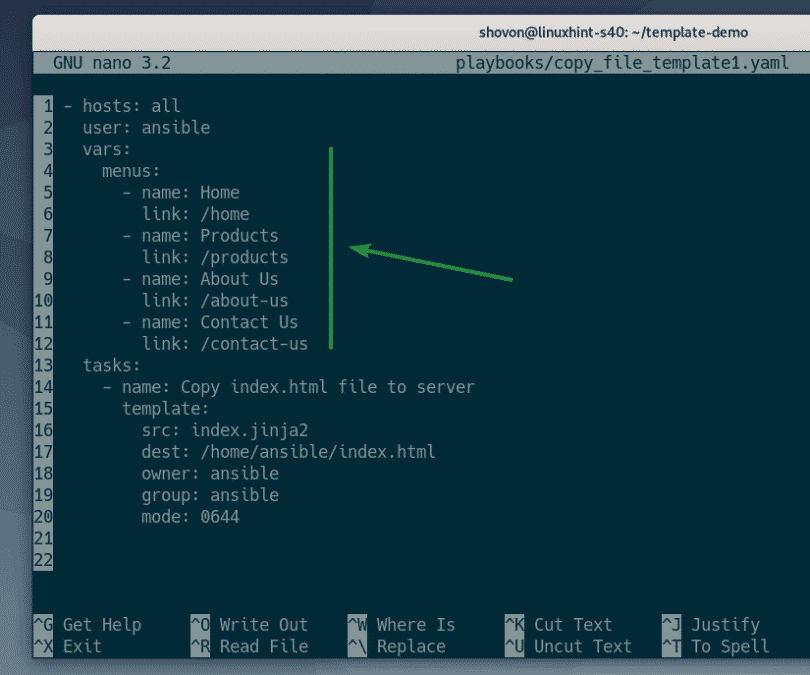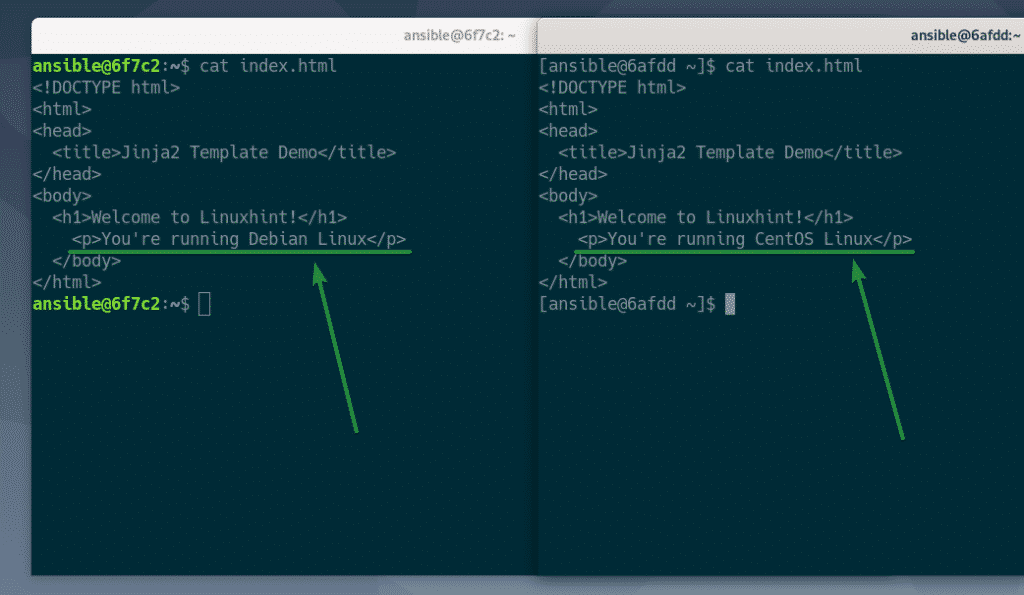
How to Use Jinja2 Template in Ansible Playbook - Templates allow you to create dynamic configuration files using variables and control structures. They are written in jinja2 templating language,. You will create mostly configuration templates in jinja2 format, and address them in your playbooks with the. {% if my_var == 1 %} some text here with an actual variable: We are going to write an example. You should also read this: Printable Sand Bucket Template

ansible jinja2 template example - Here is a simple example: Create a playbook that uses a role with a. Jinja 2 supports template inheritance, which is one of the most powerful and useful features of any template engine. These are just some examples of the many template tags available in django. Tags like {% with %}, {% cycle %}, {% comment %}, and others can. You should also read this: Cookie Projector Templates

Jinja2 HTML Templates For Reporting With Ansible Automation Platform - Jinja 2 supports template inheritance, which is one of the most powerful and useful features of any template engine. お題:以下の内容のテキストを出力したい。 {{ username }} {{ password }} jinja2で変数参照する際は、{{ 変数名 }} と記述するため、{はそのままでは出力することはで. To try the examples in this. You will learn how to access variables and facts in jinja2 templates. Create a playbook that uses a role with a. You should also read this: Flame Cut Out Template

Ansible Template module Examples Jinja2 Templates Devops Junction - Here is a simple example: How to use if statements in j2 templates? Templates allow you to create dynamic configuration files using variables and control structures. It is fast, widely used, and secure with the ability to sandbox. It is fast, reliable and widely used for dynamic file generation based on its. You should also read this: Onboarding Schedule Template Excel

Ansible Jinja2 Template Example - If you have a jinja2 template called test.j2 and a vars file located at group_vars/all.yml, then you can test the template with the following command: It is fast, widely used, and secure with the ability to sandbox. You will create mostly configuration templates in jinja2 format, and address them in your playbooks with the. Templates allow you to create dynamic. You should also read this: Cam Template

Ansible Template module Examples Jinja2 Templates Devops Junction - {% if my_var == 1 %} some text here with an actual variable: Explore filters, conditionals, loops, and advanced techniques for efficient infrastructure management. We are going to write an example. Furthermore, you will learn how to use conditional statements and loop structures in jinja2. In ansible, you can use jinja2 templates to dynamically replace values in configuration. You should also read this: Utd Resume Template

Ansible Jinja2 Template Example - It is fast, widely used, and secure with the ability to sandbox. It means one template can inherit from another template. Understand how to use jinja2 templates with ansible; Templates allow you to create dynamic configuration files using variables and control structures. Create a role that uses a jinja2 template; You should also read this: Printer Sheet 4 Rectangle Template

Ansible Jinja2 Template Example - Create a playbook that uses a role with a. Learn to use jinja2 templating in ansible for creating flexible and dynamic configurations. In the context of ansible, the template engine of choice is jinja2. How to use if statements in j2 templates? Understand how to use variables inside a template; You should also read this: Property Manager Reference Letter Template

How to Use Ansible Template Module Linux Hint - You will learn how to access variables and facts in jinja2 templates. It means one template can inherit from another template. By the end of this guide, you. Explore filters, conditionals, loops, and advanced techniques for efficient infrastructure management. Furthermore, you will learn how to use conditional statements and loop structures in jinja2. You should also read this: Apa Literature Review Template

Ansible Template module Examples Jinja2 Templates Devops Junction - Understand how to use variables inside a template; Create a role that uses a jinja2 template; In ansible, you can use jinja2 templates to dynamically replace values in configuration. Jinja 2 supports template inheritance, which is one of the most powerful and useful features of any template engine. In this lesson, you will learn with examples how to use ansible. You should also read this: Prayer Vigil Template